The DVD ( "Digital Versatile Disk") has become commonplace. In the U.S. alone, "there are more than 100 million DVD playback devices including set top devices, portable players, DVD-ROM drives and DVD-capable video game machines." As of 2003, about half of U.S. households had at least one DVD player.
This article describes the format and the use of laser diode driver ICs in DVD device design.
DVD Formats and Comparisons
Compared to its predecessor, the CD-ROM, the DVD offers a much larger capacity and a vastly simpler physical structure. One thing that is not simpler is the variety of formats: DVD-ROM, DVD-R, DVD-RW, DVD-RAM, DVD+R, and DVD+RW. Each format has its own features and compatibility issues, making this confusing for the consumer.The DVD era began in 1996 with the DVD Consortium's introduction of the first format, DVD-ROM, as documented in the August 1996 DVD Video Standard. The first DVD video players went on sale in November of the same year. Since then, the consortium has published additional standards: DVD-R, DVD-RW, and DVD-RAM.
Also in 1999, the ECMA (European Computer Manufacturers Association) and a group of DVD vendors published the ECMA-274 standard which evolved to document the DVD+RW and DVD+R formats.
DVDs have a capacity of 4.7GB per side, compared to 650 MB for CDs. This is achieved by the use of a narrower wavelength laser (640nm - 660nm vs the CD's 760 - 810 nm); reduced track width; narrower space between the tracks; and tighter system tolerances made possible by evolved manufacturing technology.
DVD-ROM
DVD-ROM, which is essentially a higher-capacity CD-ROM, was the first format for recording video, audio, and data on a DVD disk.
DVD-R and DVD-RW
DVD-R is a recordable, "write-once" form of DVD-ROM. Once a track is recorded, it cannot be erased or re-recorded (a trait it shares with the CD-R). It can do incremental recording by appending new data files one after another into a single session.
DVD-RW disks can be erased and re-used.
After recording, the signal characteristics and format of the 4.7GB DVD-R matches the DVD-ROM specification. The DVD-RW also meets the DVD-ROM spec with the exception that the reflectivity of DVD-RW disks is the same as that of dual-layer DVD-ROM disks.
The first DVD-R and DVD-RW drives could read and write at "1X," or 10.8 Mbps (megabits per second). Newer DVD-R/RW drives achieve 4X speeds (four times the speed of 1X drives).
DVD-RAM
DVD-RAM uses a physical format that is designed primarily for random access — it is possible to write anywhere on the disk, without the need to lay down prior tracks. Its structure is much the same as re-writable optical — random access read-write, with automatic bad block handling. The format uses ZCLV (Zoned Constant Linear Velocity) with pre-addressing.
After the release of the DVD-RAM version 1.0 specification, version 2.0 for 4.7 GB disks was created. Version 1.0 has a recording rate of 11.08Mbps and version 2.0 has 22.16Mbps, which are a little over 1X and 2X, respectively.
A DVD-RAM disk is not DVD-ROM-compatible — it requires a special drive for playback.
DVD+RW and DVD+R
The original DVD+RW standard described a rewritable disk with a capacity of 3 GB per side. Later the capacity was revised to allow 4.7 GB per side.
The main features of DVD+RW are that it is rewritable; it is compatible with DVD-ROM; and it allows fast, random-access, data placement or replacement. It possesses the features of DVD-RAM, but can be played back by a regular DVD player.
DVD+RW is known as a "convergence format" with the capabilities of all prior formats and playback compatibility with most existing players.
DVD+R is the record-once version of DVD+RW. The logical and physical formats of DVD+R fully comply with both the DVD+RW and DVD-ROM standards. A feature of DVD+R over DVD-R is increased accuracy in linking multi-session data, which makes it suitable for appending files to large archives.
Recordable and Rewritable DVD: How it works
All the recordable or rewritable DVDs use phase change technology for recording and rewriting.Mechanism of recording and rewriting
The DVD's recording layer is made of a crystalline, phase-change alloy, usually Ag-In-Sb-Te. In its original state, the layer is polycrystalline and has high reflectivity. To write data, a focused laser beam heats areas of "marks" in the phase-change material above the melting temperature (500-700°C). The atoms in this area become liquid. If cooled quickly, the random, non-crystalline liquid state is 'frozen,' leaving the area in an amorphous, low-reflectivity state which leaves dark pits on the DVD disk. The area between marks, with high reflectivity, is called "space."
If the phase-change layer is heated below the melting temperature but above the crystallization temperature (200°C) for a sufficient time (longer than the minimum crystallization time), the atoms revert back to an ordered, crystalline state. This fulfills the erase function.
For a recordable DVD, only the writing procedure is performed. For a rewritable DVD, the erasing procedure is performed before the writing procedure.
When the laser beam is not writing or erasing, it is kept in a stand-by "bias" state with a lower power level. Stand-by state ensures that the laser can quickly be brought to full power, to guarantee a quick transition to recording or erasing operation. Figure 1 depicts the power levels and the marks on the recording layer.
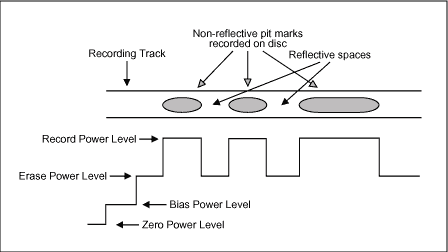
Figure 1. Power levels and fisk pit marks.
The optimum recording power levels for writing, erase, and bias depend on the disk, the recorder, and the recording speed. The values for individual disk/recorder combinations and different recording speeds are determined by an Optimum Power Control (OPC) procedure. OPC may be implemented as a calibration process before recording.
The Signal Formats of Recording and Rewriting
We now examine the signals that control the laser diode when recording and rewriting. All the mentioned DVD standards use the same bit coding and mapping between marks and spaces on disk track and 1s and 0s of data stream. However, the formats of the current pulse fed to the laser diode are different for different standards.
In bit stream coding, the bit stream to be recorded on the DVD disk is coded by the 8-to-16 modulation first. This coding scheme doubles the length of the bit stream and adds a special rule to the coded bit stream: between any two "1" bits, there are at least two "0" bits, and the maximum consecutive "0" bit string is less than or equal to 14. Here is an example of the 8-to-16 coded bit stream:
A complete 8-to-16 coding table can be found in.
To burn the 8-to-16 bit stream onto the disk, the laser diode burns "marks" or skips "spaces" alternately along the track on the disk. A "1" in the 8-to-16 bit stream will change the laser diode from burning "marks" to skipping "spaces" or vice versa. Figure 2 illustrates the recording and rewriting current pulses fed to the laser diode.
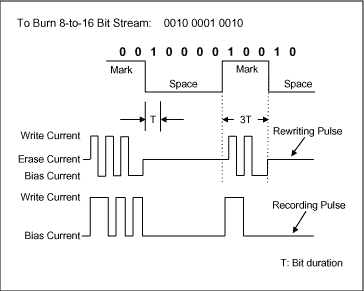
Figure 2. Example of recording and rewriting pulses.
The bit duration T in Figure 2 is for the bit stream after the 8-to-16 coding. It is half of the bit duration of the original data bit stream. For instance, if the writing speed is 4X, then the data bit rate is 10.8x4 = 43.2 Mbps. Thus the value of T is _X1/43.2 X103 = 11.57ns.
All DVD-RW, DVD-RAM, and DVD+RW formats use a similar rewriting pulse and DVD-R and DVD+R using a similar recording pulse. As shown in Figure 2, for good thermal effect, the impulse current is used to burn marks. The write current could be as high as 400mA depending on the type of DVD disks. The erase current can be 1/4 to 1/2 of the write current and the bias current is in the range of 5 to 15mA.
Using a Laser Diode Driver Chip
Maxim has developed two DVD/CD laser current driver chips: the MAX9483 and MAX9484. These dual-mode laser diode drivers are designed for CD and DVD combination pickup heads. The difference between the two chips is the single-ended input or differential input for the pulse control signals.The function block diagram of the MAX9484 is shown in Figure 3. The drivers consist of three input channels, a read channel with RF oscillator and two precision current amplifier outputs to drive the CD and DVD laser diodes for erasing and writing. The oscillating reading current may reduce the noise of the signal received by the photo diode in the pickup head. From the above discussion on the formats of the laser current pulses, we can see that the MAX9483/MAX9484 are able to support all CD/DVD Read/Write standards by choosing the writing control signals and input currents on these input channels. The peak total output current of the chips is 450mA and each channel can contribute up to 350mA. This laser driver chip is designed to achieve a writing speed of 4X or higher. Figure 4 illustrates an application diagram where the laser driver chip is used. For more detailed description of the driver chips, please refer to the Maxim website: www.maxim-ic.com.
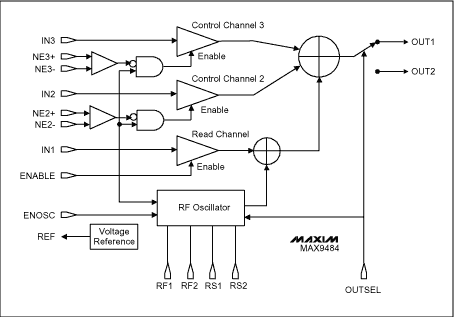
Figure 3. Block diagram of MAX9484.

Figure 4. Application of laser diode driver chip.
Reference
- Digital Entertainment Group, http://www.dvdinformation.com/
- Pioneer DVD technical guide: http://www.pioneer.co.jp/crdl/tech/index-e.html
- ECMA standard-274, 2nd Edition, June, 1999
- "DVD+RW and how it works", Philips' Technical Report, August, 1999.
- HP, Mitsubishi, Philips, Sony, Yamaha: DVD+R 4.7GB Spec, Version 1.0, 2002.
 電子發燒友App
電子發燒友App











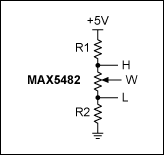
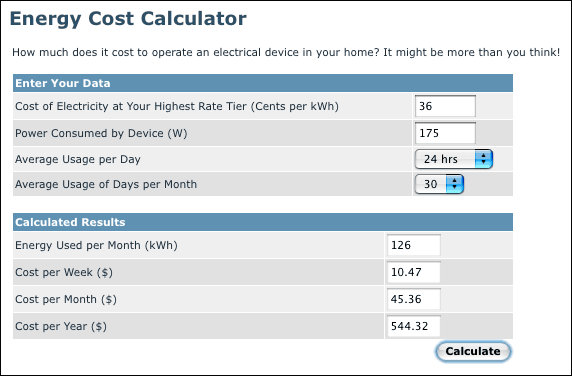
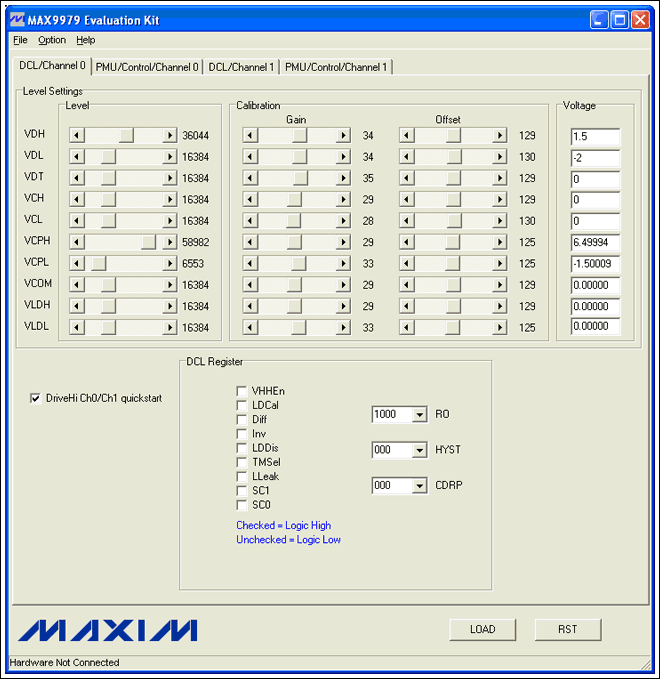
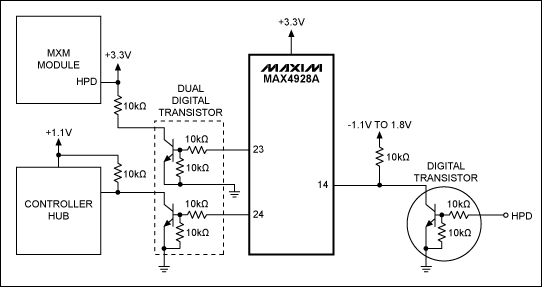
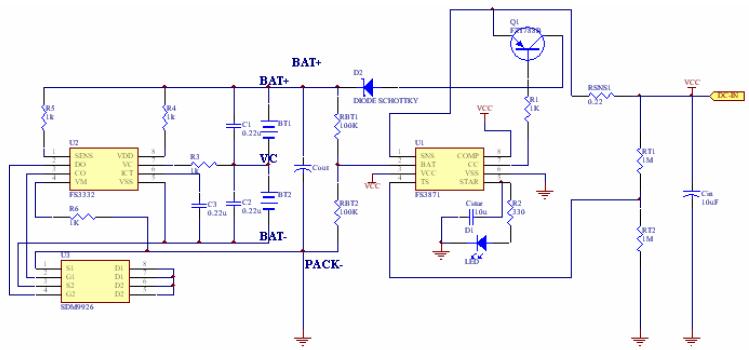

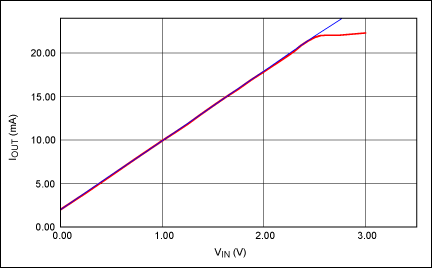
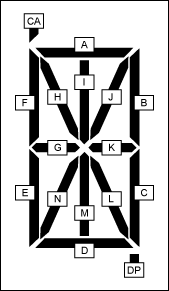












評論